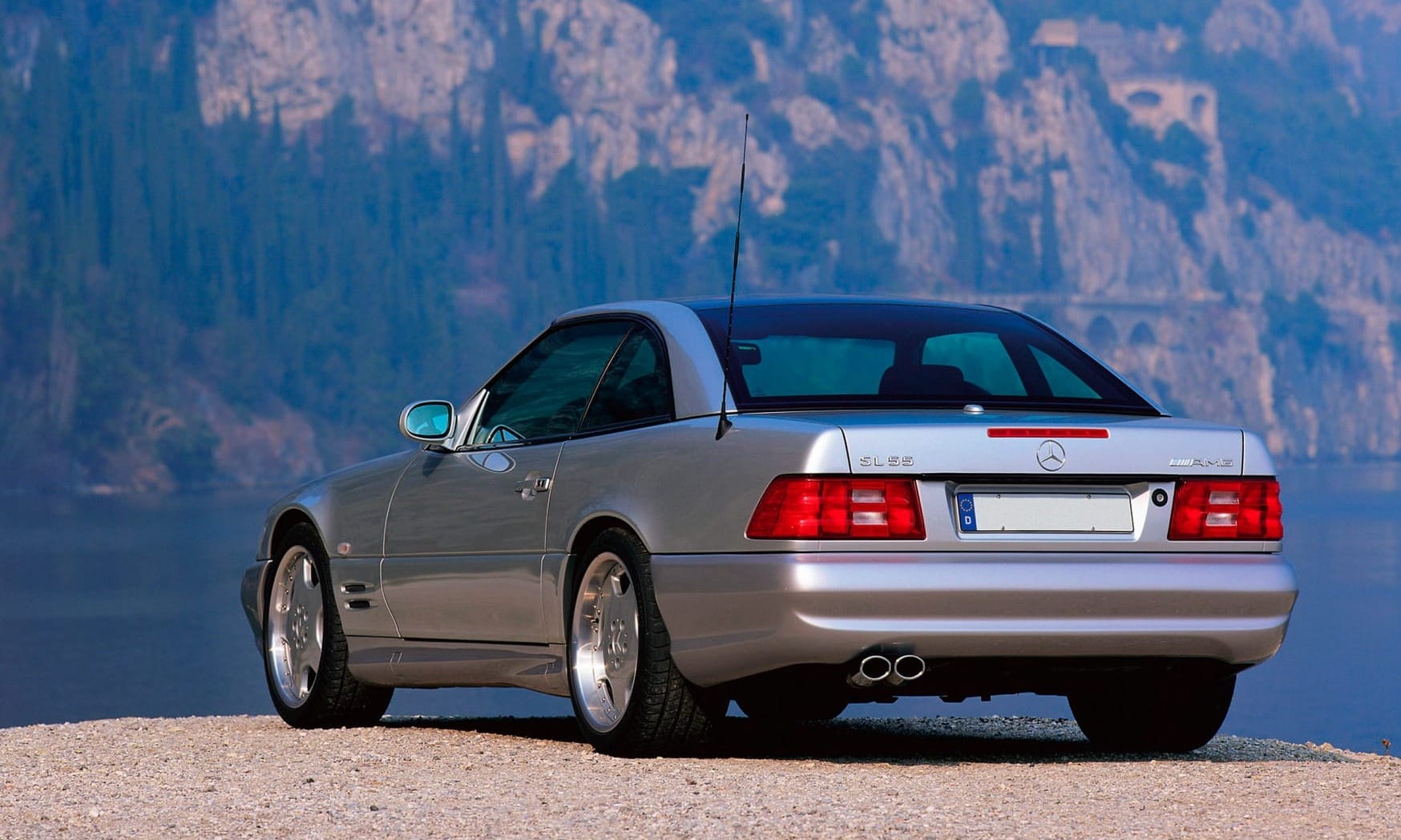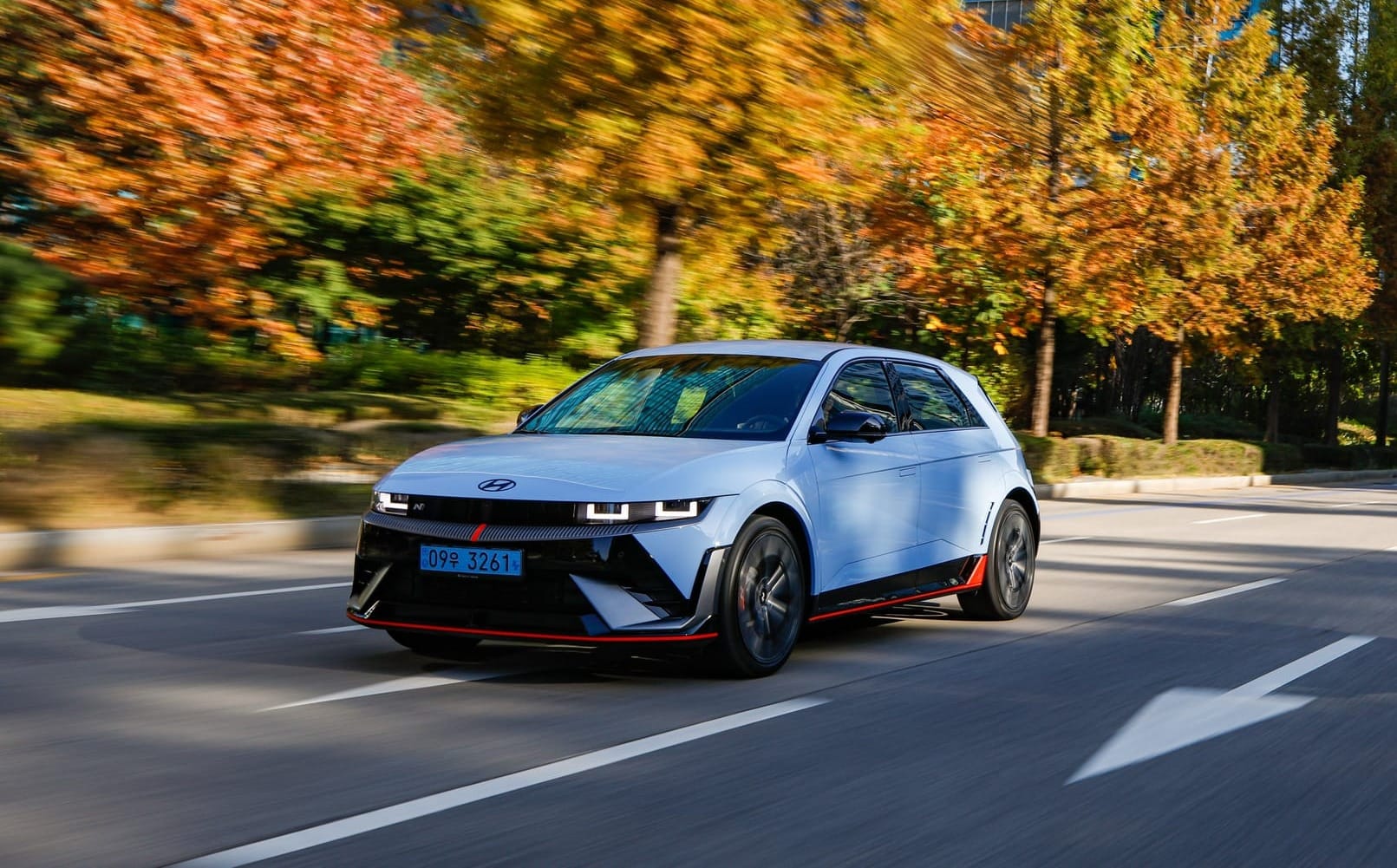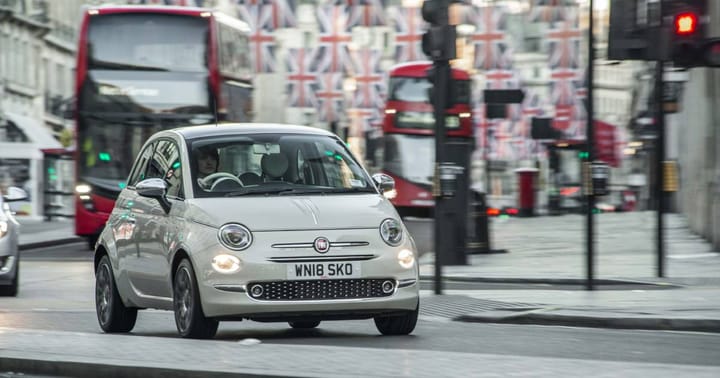The problem with electric performance cars
How do you give electric motors distinct characters, or differentiate handling when half a tonne of batteries must rest in cars' floors?

Rarely has a car contradicted its name as well as the Mercedes SL (Sport-Leicht) has at various points in its life. The current model weighs a little under 1,900kg, for example, making ‘leicht’ a difficult adjective to live up to; and while reviews indicate AMG's involvement has done much to provide this iteration with greater handling panache than previous versions have enjoyed, the word ‘sports’ has at times been absent from the SL’s vocabulary.
The SL is unlikely to be hit particularly hard in 2035 when electric-only new-car showrooms are mandated: it’s already a heavy car, so pulling the 209kg AMG 4.0-litre V8 from its nose and slapping a 500kg battery pack in its belly is unlikely to increase its relative mass in an unpalatable way, while its heritage means reverting to the grand touring character older versions enjoyed is hardly a stretch.
For many cars, however, the oncoming mandate of EV-only power could be insurmountable.
Staying briefly on the SL, in the much-loved R129 that was produced from the late 80s to the turn of the millennium, Mercedes offered everything from an ‘entry-level’ 2.8-litre six-cylinder, through to a 5.0-litre V8, topping out with the 7.3-litre V-12 SL 73.

That’s a heck of a breadth of engines, each with their distinct character; I would be curious to know what the electric analogue is to this portfolio. Two, three or four motors? Rear or four-wheel drive? Upgraded ‘engine’ noises? Or will the amount you spend on the car simply dictate what software package the dealer uploads to the vehicle at point of delivery?
The SL as a model is reasonably well-suited to the electric world, but the Porsche 911? The Alpine A110? Any Ferrari?
Given the glowing prose the Hyundai Ioniq 5 N has generated it's clearly possible to build an EV that handles well, but this car offers synthetic engine notes, fake gearchange points and weighs 2,200kg; regardless of how keen drivers are to pay for an EV performance car, the last point alone arguably rules it out as being called a sports car.
Also of note is that while it can lap the Nürburgring in under eight minutes, the 5 N can only do this twice before needing to rest because “EVs are more challenging to cool than [their] ICE predecessors”. Or put another way, it can’t be driven hard for more than 20 minutes without needing to stop and cool down.

The engineers who have fought against the laws of electrodynamics to achieve these feats should be admired, but there is arguably no romance here – nothing to stir the heart – only an impressive piece of electrical equipment and a set of spreadsheet calculations about thermal management.
Few drivers will be lapping the Nürburgring anytime soon, let alone in under eight minutes, but there remains little flexibility to the EV paradigm. The original Tesla Roadster may have been mid-batteried, but that was only because underneath it was an electrified (if modified) Lotus Elise, and had a slot behind the driver's head where its powerpack could rest. The laws of gravity centres mean the floor of a car is the most sensible place to situate a battery pack, so gone in the flick of a policymaker’s pen are the options of front, mid, and rear-engined cars.
I also have serious doubts that, once early EV performance cars such as the Ioniq N 5 have marked their territory by introducing fake gearshifts and the like, not many options will be left to differentiate other sports and supercar. Just how differently can you make an electric motor perform? How much granularity can you instil in different models when all have 500kg battery packs in their floors? It is noteworthy that Bugatti and Rimac have joined forces, but with the former famed for high-speed petrol cars and the latter EV ones, can both marques meaningfully coexist with differentiated products?
Such considerations are not so problematic for electric luxury cars: a Rolls-Royce Spectre will undoubtedly be easily distinguishable from a Maserati GranTurismo Foglore when it comes to interior ambience, if nothing else. But for sports and supercars? I will be happy to be proved wrong, but struggle to see meaningful differences – at least in power delivery and heart – between, say, an EV McLaren and an EV Lamborghini. They could both have motors from the same third-party company, after all. Will the Macca offer a synthetic turbine-like whoosh as it accelerates, and the Lambo something akin to a Squarepusher blare?
Jay Leno once told me (clang) that while he admired Paganis, they weren't top of his list as the firm doesn't build its own engines, and that’s where the soul of a car resides (interestingly, he recently took delivery of a Rolls-Royce Spectre). We may be only just starting to see them arrive on the scene, but I struggle to imagine myself lusting after any electric sports or supercar. If RHD ever makes it big I will happily swish about in a BMW i7 day-to-day, but if I want to find myself moved I’ll head to the classifieds to seek out something with its engine in the middle, and more cylinders than it needs.



